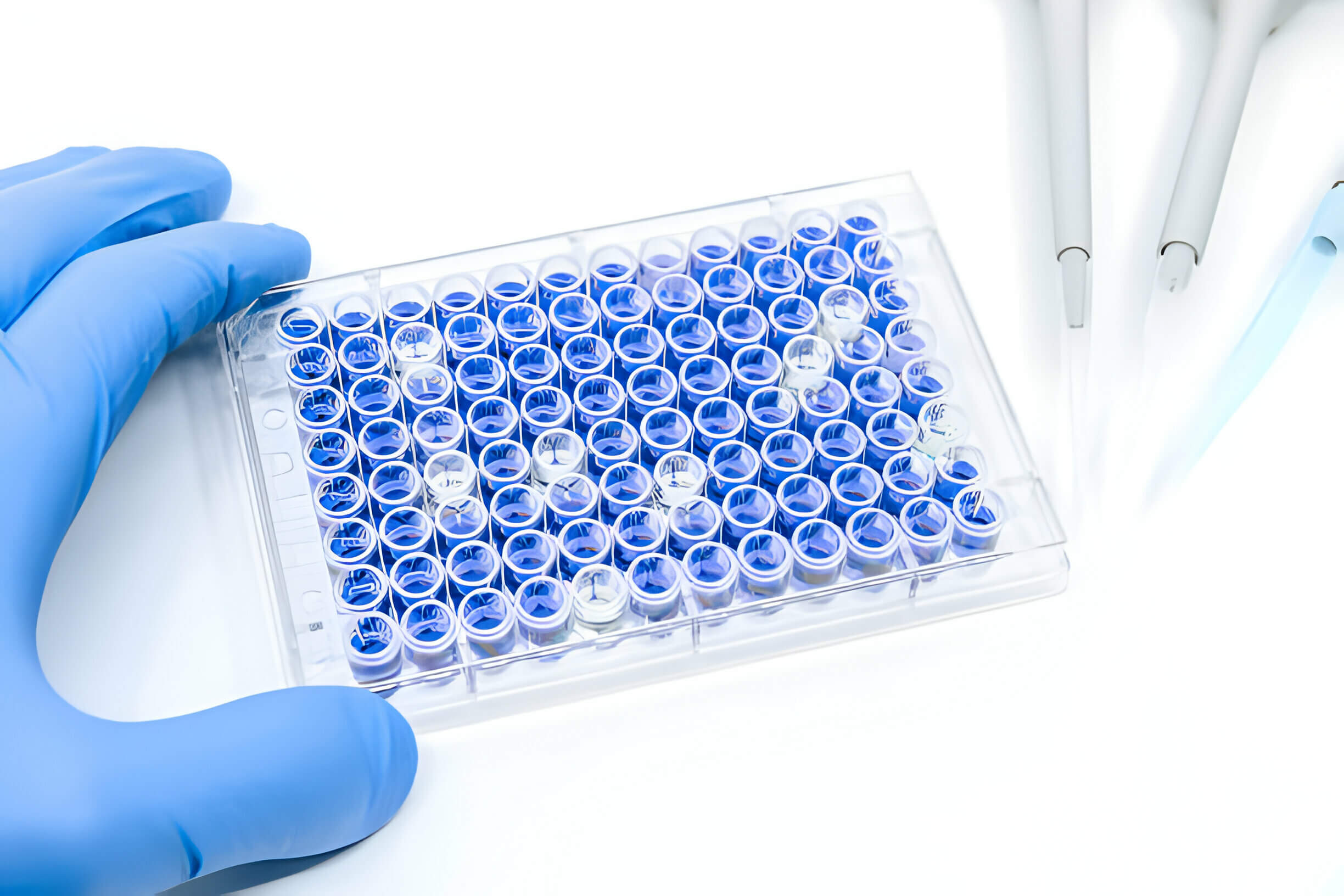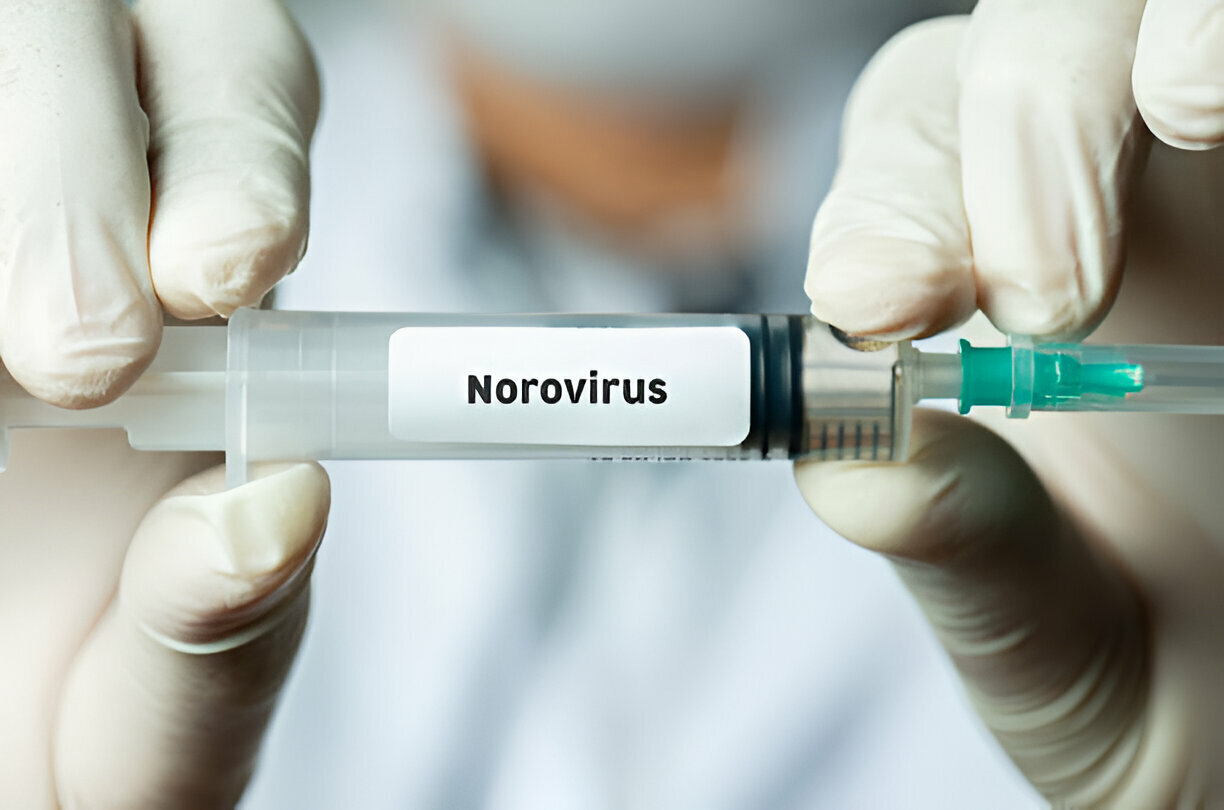A Complete Guide to qPCR Consumables Selection

Quantitative PCR (qPCR) has become the primary technique for viral nucleic acid detection. In addition to high-quality detection reagents and a stable qPCR instrument, the quality of detection consumables also greatly impacts the accuracy and sensitivity of results. So how does one select appropriate qPCR consumables?
1. High Purity
-
✅High quality, high purity, highly transparent polypropylene (PP).
-
✅Produced and processed in a cleanroom environment.
Why are PCR consumables typically made of PP material and why is a clean environment needed?
PCR/qPCR consumables often directly contact reagents or samples. Polypropylene (PP) is biologically inert with a surface that does not easily adhere biomolecules. It also has excellent chemical resistance and temperature tolerance, allowing steam sterilization at 121°C and withstanding temperature fluctuations during thermal cycling.
The quality and cleanliness of consumables is critical as PCR consumables must be free of contaminants and inhibitors. While high pressure and radiation can eliminate bacteria and DNases, they cannot remove dust or DNA residue which may inhibit PCR reactions or cause nonspecific amplification. Even small contaminants can absorb fluorescence and impact signal collection due to their optical density. Therefore, facilities with strict particulate limits must be used for all stages of plastic consumables production, from molding to final packaging.
2. High Thermal Conductivity
Extremely thin walls optimize heat transfer and reduce cycle times.
Are consumables with thicker walls more stable?
No, wall thickness directly impacts thermal conductivity. Extremely thin walls optimize heat transfer and shorten cycle times. To improve PCR efficiency and ensure stable, efficient reactions, uniform ultra-thin PCR consumables are ideal.
3. High Fluorescence Signal Reflection
-
For qPCR, high quality white PCR consumables are recommended.
-
Tube caps: High light transmittance directly impacts signal collection, so caps with excellent optical transparency are critical for fluorometric detection.
How to choose between transparent, colored, and white PCR tubes/plates?
For conventional PCR, transparent or colored PCR tubes can be used. Colored transparent tubes facilitate sample classification and tracking. However, for qPCR white consumables are recommended, as quantification relies on sensitive, accurate fluorescence signal transmission. Studies show white PCR products reflect signals better than traditional transparent tubes, reducing well-to-well crosstalk and optimizing qPCR results.
4. High Contamination Resistance
-
✅Caps should seal tightly with good tube adaption to reduce cross contamination.
-
✅PCR plates should have raised wells for improved sealing.
-
✅Provide handling grips on one side. Protruding unified grip area on cap strips prevents contamination during opening.
Are flat or raised well PCR plates better?
The best option depends on the application. Common PCR plates have either flat or raised wells.
Flat well plates are compatible with most PCR/qPCR instruments but not automation. Stability is lower during pipetting unless used with plate holders.
Raised well plates improve film sealing and reduce cross contamination risk, suiting automation.
5. High Recognition
-
✅Alphanumeric labeling of each well facilitates identification.
-
✅Cut corner(s) indicate directionality.
Why do 96/384 well plates have different corner cuts and labeling?
Cut corners and labeling serve different purposes.
Cut corners depend on instrument requirements for orientation.
Labels like colored numeric codes or etched markings help identify individual wells and samples. Etched plates offer better sealing for some automated applications.
6. Precise Volumes
Improved sealing via tight caps or sealing films reduces evaporation.
How does one select the right tube/plate size?
Follow these guidelines:
-
✅Match products to experimental needs
-
✅Prioritize lower volume consumables which improve heat transfer, reduce evaporation, and prevent overfilling. Insufficient sample may evaporate while excess can reduce thermal conductivity, cause spillage and contamination.
Common reaction vessel sizes:
-
✅Single tube/8-tube strip/12-tube strip: 0.5mL, 0.2mL, 0.15mL, 0.1mL
-
✅96-well plate: 0.2mL, 0.15mL, 0.1mL 384-well plate: 0.04mL
7. Easy to Use
Consumables should be simple to handle without compromising sealing, while matching instrument parameters.
Skirted vs. non-skirted PCR plates?
Skirts better suit automated applications by stabilizing plates during robotic handling and pipetting while providing mechanical strength. PCR plates come in non-skirted, semi-skirted or full-skirted variants.
-
✅Non-skirted – Compatible with most thermal cyclers but not automation. Requires plate holder for pipetting stability.
-
✅Semi-skirted – Suits barcode labeling and some automation. Improved pipetting stability.
-
✅Full-skirted – Ideal for automation with better mechanics, suiting cyclers with protruding heated lids. Very stable for pipetting.
Which PCR sealing films are optimal?
Match sealing films to experiments using quality products that protect samples from contamination while enabling reliable results. Opt for films withstanding high temperatures, excellent sealing, high optical clarity and easy handling.
How to choose pipette tips?
Pipettor accuracy and precision suffer from low-quality, unsuitable tips. Tips and pipettors function as a system with matching requirements for proper liquid transfer. Follow technique guidelines and use recommended tips to ensure precision.
Tips come as bulk bags, boxes, low retention, filtered, and automated variants.
Transparent vs. Colored Tips
Most tips are made of chemically inert, transparent polypropylene plastic suitable for a wide temperature range. However, material quality varies greatly – high-quality tips usually utilize virgin polypropylene while cheaper tips often contain recycled plastic.
Small amounts of additives are also frequently added:
-
✅Colorants for volume identification e.g. blue (1000μL), yellow (200μL). Ideally high-quality color masterbatches rather than cheap industrial pigments.
-
✅Release agents to detach tips from molds. More additives increase undesirable reactions during pipetting.
Filtered tips prevent sample and aerosol contamination without impacting performance. Recommended for genomic applications and PCR to avoid DNA/RNA contamination or when handling volatile solutions.
Low retention tips optimize liquid release for improved precision across diverse liquids with varying properties via standardized tip-liquid interactions.
Extended tips pipette from tall, narrow containers like tubes.
Bags vs. Boxes Packaging
Boxes is popular in most mature markets. Bags are less expensive with more risk of contamination.
Recently, new space-saving refill packaging (8-10 stacked tip columns) has emerged which reduces plastic use and environmental impact. Though still uncommon domestically, this format likely represents the future.
At Mantacc, we produce premier PCR consumables backed by rigorous quality control. Our cleanroom facilities and virgin polypropylene prevent contamination while ultra-thin walls optimize plates and tubes for thermal conductance and optical clarity. We engineer consumables to fit major PCR instrument brands for guaranteed compatibility. By investing in the latest manufacturing technologies and prioritizing purity, precision, and performance, Mantacc delivers the finest PCR consumables to help laboratories easily obtain reliable results. When you choose Mantacc, you gain a consumables partner dedicated to your PCR success.
Click to View → Mantacc PCR consumables









